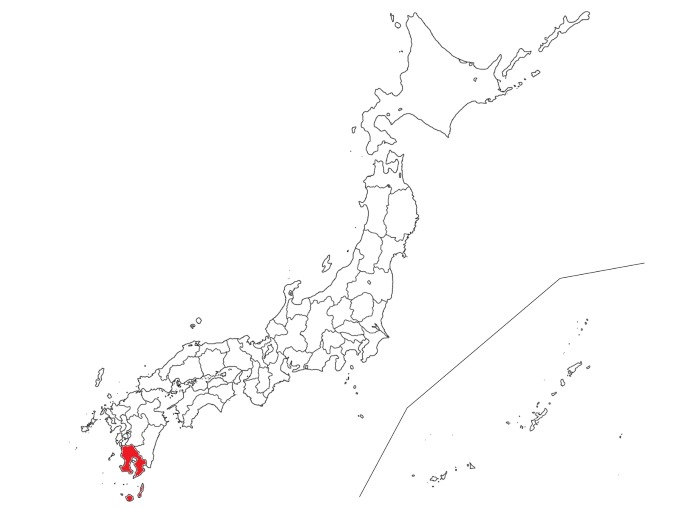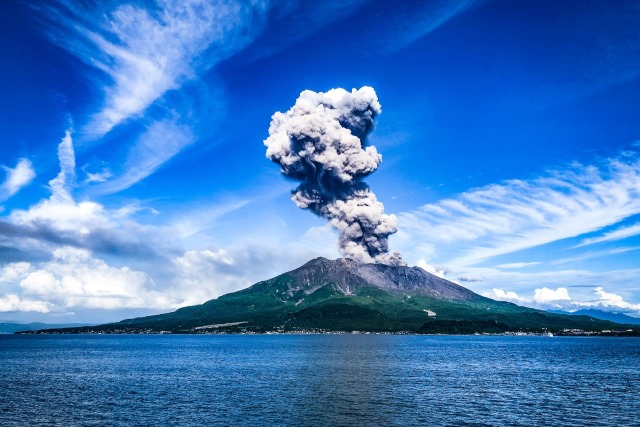Contents
1.Basic Information
Sakurajima is a composite active volcano located in Kagoshima Bay, symbolizing Kagoshima. This volcano measures approximately 12km east-west, 10km north-south, with a circumference of about 55km, covering an area of about 77km² and stands 1,117 meters tall. It used to be an island, but became connected to the Osumi Peninsula due to a massive eruption in 1914.
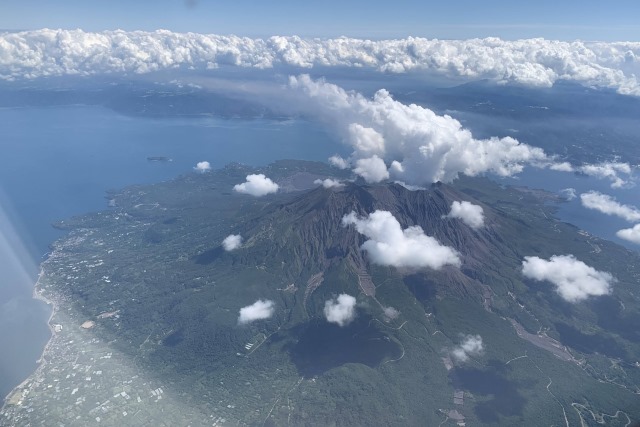
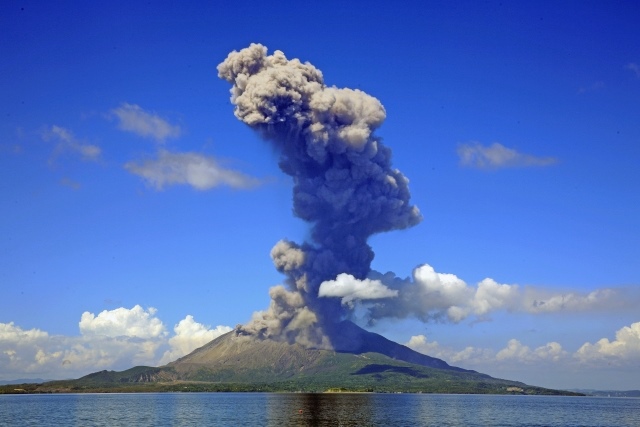
Eruption of Sakurajima
Sakurajima is a relatively new volcano, born after a massive eruption approximately 29,000 years ago. That eruption was a million times larger than Sakurajima’s current eruptions, covering the entire prefecture with a 60-meter-thick layer. Pyroclastic flows filled the valleys and mountains, creating flat terrain. About 26,000 years ago, eruptions began again, forming the current Sakurajima.
Sakurajima continues to be active and is also known as a tourist destination. At the Sakurajima Visitor Center, you can learn about the volcano’s history and changes in topography. This region’s nature and history are closely linked to ancient massive eruptions.
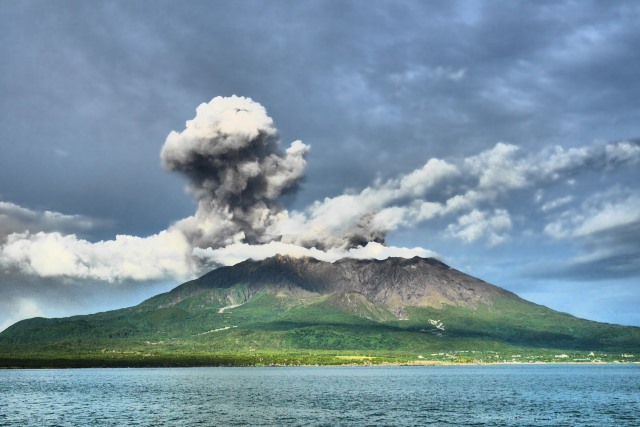
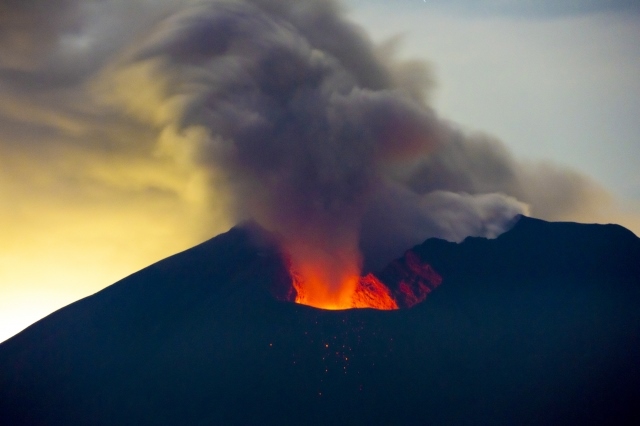
Kurokami Buried Torii Gate (Kurokamimaibotutorii)
During Sakurajima’s massive explosion in 1914, the Kurokami region was buried in volcanic ash and pumice. The Kurokami Shrine’s torii gate was buried, leaving only the top visible, now below human height. The village headman at that time left it as is to tell future generations about the threat of eruptions, and it still exists in that form.
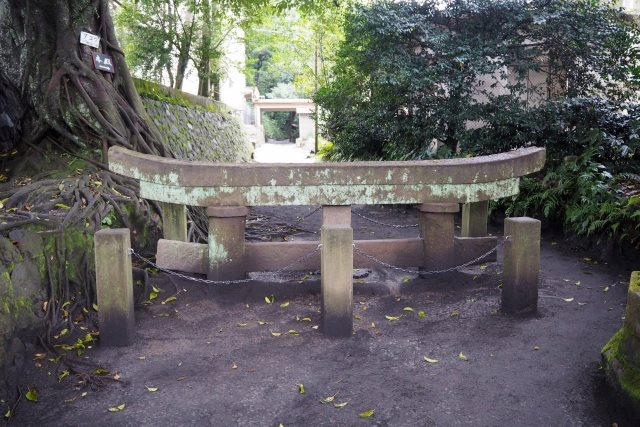
Sakurajima Radish (Sakurajimadaikon)
Sakurajima radish is a traditional vegetable of Kagoshima Prefecture and recognized by the Guinness Book as the world’s largest radish. It typically weighs around 6kg, with larger specimens reaching 30kg and 40-50cm in diameter. It was named after being a special product of Sakurajima, and is also locally referred to as the island radish. In particular, the large pickles are a popular special product of Kagoshima Prefecture.
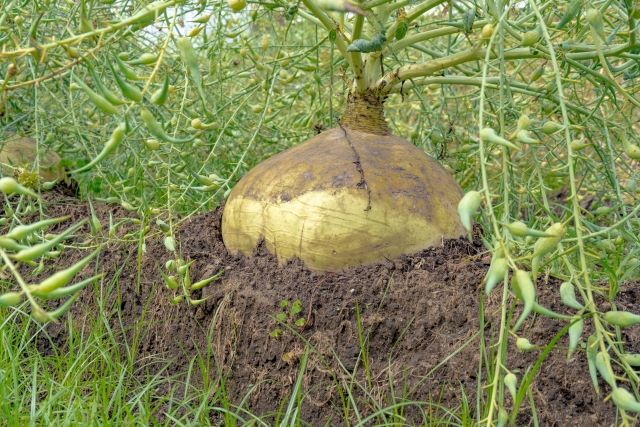
2.Reviews
Dawn of Sakurajima
Shiroyama Park in Kagoshima city is a park on a 107-meter-high mountain with an observatory and promenade. During the day, you can see Sakurajima, and when the weather is good, you can see Kirishima and Ibusuki’s Kaimondake in the distance. It is known for its beautiful night view, but the fantastical view of Sakurajima at dawn is also a popular spot.
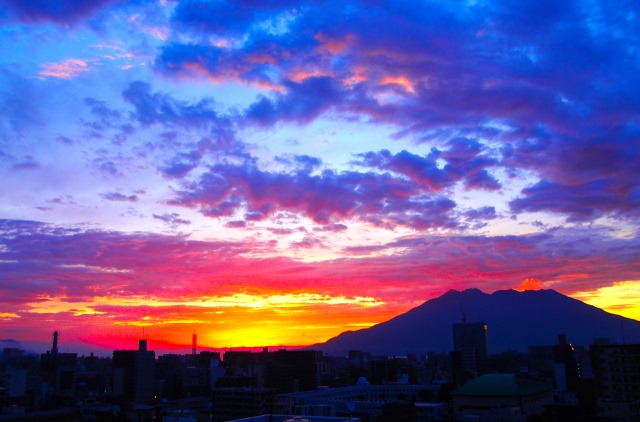
Diamond Sakurajima
From late November to mid-January, you can observe a phenomenon where the sun overlaps the summit of Sakurajima. At this time, the sun shines like a diamond for about 3 minutes. Especially from mid to late December, around 4:55 PM is the best time to see it.
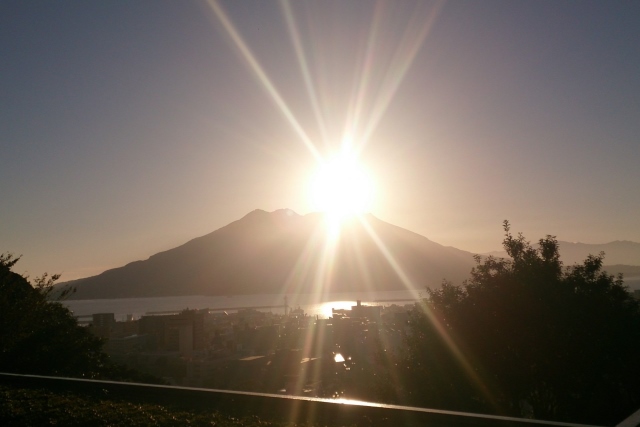
3.Local Food



4.Transportation Information
The ferry from Kagoshima Port to Sakurajima operates every 15-20 minutes. The “Satsuma Age Udon” served on board is a specialty.
Sakurajima Ferry (English, Korean, Simplified Chinese, Traditional Chinese supported)
https://www.city.kagoshima.lg.jp/sakurajima-ferry/index.html
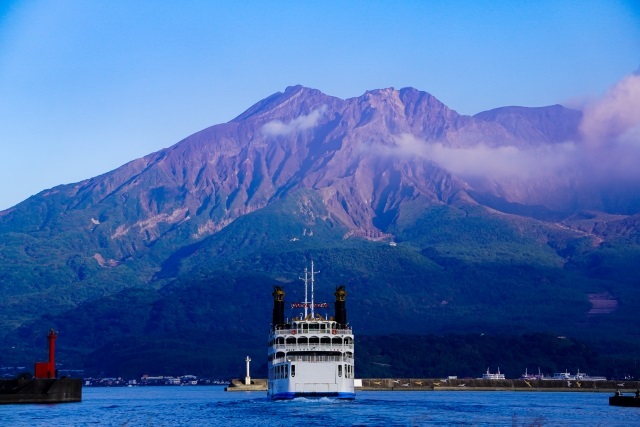
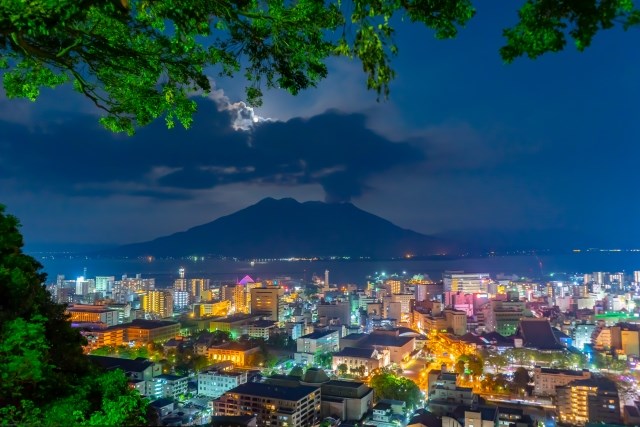
5.Map Information
Sakurajima consists entirely of volcanic ejecta. Therefore, the information on the direction of the wind carrying the volcanic ash is essential for the neighboring residents, and the provision of wind direction information in Sakurajima’s airspace began in 1983. This information is also broadcasted in the weather forecasts on TV and radio within Kagoshima Prefecture.
